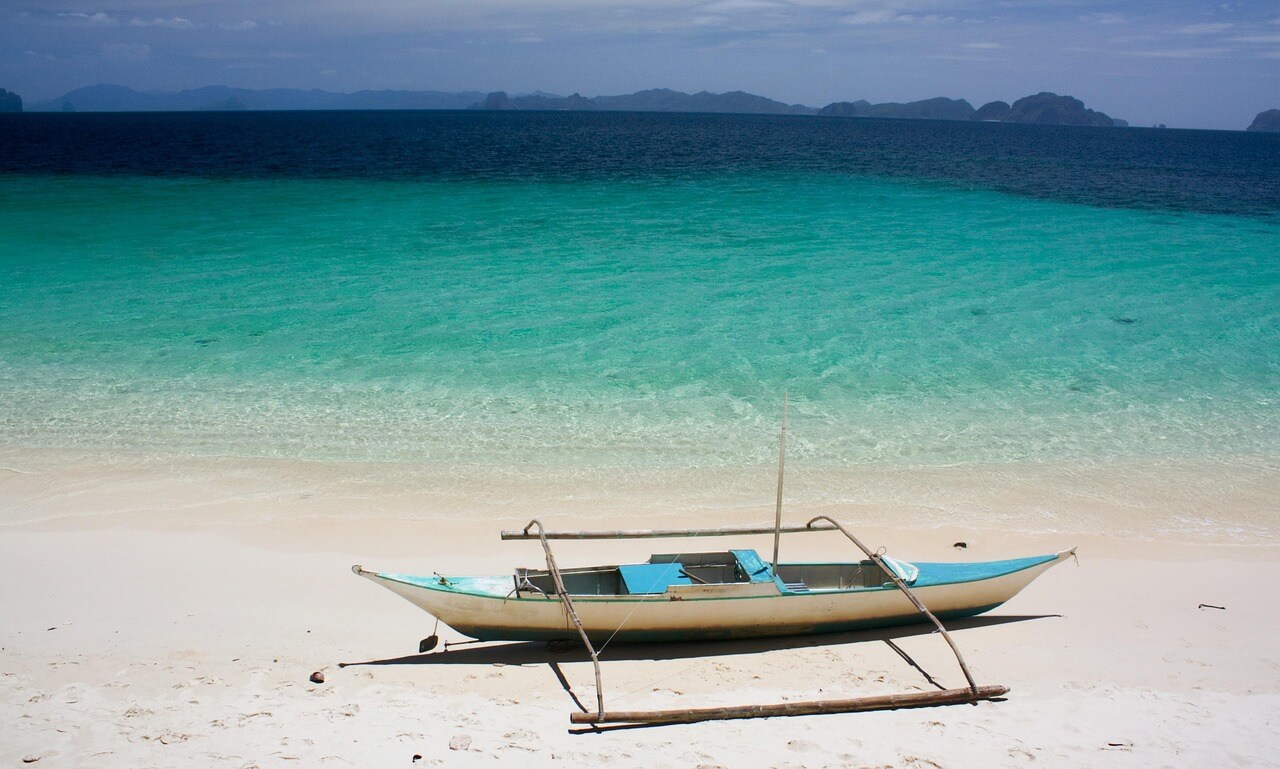When to visit Philippines during the year?
The Philippines enjoys a tropical climate, characterized by three seasons: the dry season, wet season, and cool season. The peak tourist season occurs from December to May, which is when most visitors flock to the beautiful beaches and vibrant festivals. Popular summer spots include Palawan and Boracay, whereas, during the wet months from June to November, regions like Bohol showcase lush greenery and spectacular waterfalls. Each season offers unique experiences, with whale shark watching in Donsol around March and April, and cultural festivities such as the Sinulog Festival in Cebu every January.
How to get to Philippines?
Getting to the Philippines can be quite convenient with multiple travel options available. The archipelago is well-connected by international flights, but local travel can also be achieved through buses, cars, and ferries once you arrive.
- Main airports include Ninoy Aquino International Airport (MNL) in Manila, Mactan-Cebu International Airport (CEB), and Clark International Airport (CRK).
- International routes are available from North America (Los Angeles International Airport), Europe (London Heathrow), Asia (Singapore Changi), Australia (Sydney Kingsford Smith Airport), and Africa (Dubai International Airport).
- Low-cost airlines such as Cebu Pacific and AirAsia offer affordable domestic and regional flights.
- Average flight times include 15 hours from the USA, 13 hours from the UK, and 3 hours from other Southeast Asian hubs.
- Main bus terminals: Cubao and Pasay in Manila.
- Buses connect major cities such as Manila to Cebu City, Davao, and Baguio.
- There is limited international train traffic; however, local trains operate between Manila and nearby provinces.
- Journey times can vary greatly, typically between one and three hours for local trips.
- Main highways include the South Luzon Expressway (SLEX) and North Luzon Expressway (NLEX).
- Distances from major cities worldwide depend on transit methods.
- Driving conditions are reasonable, but tolls are present on major expressways, so travelers should prepare accordingly.
Tourist activities in Philippines
The Philippines offers a dazzling array of activities that showcase its natural beauty and rich culture. Outdoor enthusiasts can dive into the crystal-clear waters of Palawan and explore the stunning limestone cliffs of El Nido, while adventure seekers might head to Banaue to take in breathtaking rice terraces that date back centuries. For history buffs, Intramuros in Manila is a must-visit, showcasing preserved Spanish colonial architecture. The vibrant nightlife in Boracay and Cebu offers a mix of local cultural experiences intertwined with modern entertainment, making it an exciting destination for all types of travelers. Additionally, you can engage with nature and wildlife through activities like whale shark diving in Donsol or island hopping in Coron.
Accommodation in Philippines
Accommodation in the Philippines ranges from luxurious resorts to budget-friendly hostels. In major cities, prices vary widely; a luxury hotel can cost around $150-$500 per night, whereas, budget options can be found for as low as $10-$30. In tourist hotspots like Palawan and Boracay, beachfront villas and mid-range hotels are prevalent, typically priced between $50-$150. Each season influences prices—expect to pay more during the peak tourist months. Travelers can enjoy unique options like glamping in remote locations or homestays in local communities, providing a taste of Filipino hospitality.
Food in Philippines
The culinary scene in the Philippines is a delightful blend of flavors influenced by its diverse cultures. Must-try dishes include Adobo (marinated meat), Sinigang (sour soup), and Lechon (roasted pig). Street food stalls offer local delights like Fish Balls and Kwek-Kwek (quail eggs). Popular drinks from the region include Tanduay Rum and fresh coconut water. With meals typically costing between $2-$8 at local eateries or around $15-$30 at more upscale restaurants, food lovers are sure to find something to satisfy their appetite.
Important numbers and information
- Emergency Services: Police - 117, Ambulance - 911, Fire Brigade - 160.
- Embassy Contacts: US - (02) 301-2000, UK - (02) 845-1000.
- Main Airports: Ninoy Aquino International Airport (MNL), located at Pasay City, Metro Manila.
- Currency: Philippine Peso (PHP). Payment methods include cash and credit cards.
- Visa/Passport Regime: Visa on arrival for many nationalities; a valid passport is required for entry.
What to see in Philippines?
The Philippines is home to an abundance of stunning sights, each with unique values. Must-visit cities include Manila for its historical background, Cebu for its rich heritage, and Davao for its natural parks. Regions like Batanes impress with dramatic coastal landscapes, while the pristine beaches of Palawan consistently rank among the best in the world. Other notable attractions include the chocolate hills of Bohol, the Taal Volcano, and the Banaue Rice Terraces that reflect the agricultural ingenuity of the region. Each location offers a diverse set of experiences, from cultural immersion to breathtaking adventures.
History, geography and climate
The Philippines has a rich and diverse history influenced by various cultures due to its strategic location. Colonized by Spain for over 300 years and later under American rule, this history is reflected in its language and traditions. The geography is equally diverse, comprised of more than 7,600 islands featuring tropical forests, mountain ranges, and bustling urban areas. The climate varies from tropical to subtropical, with average temperatures ranging from 25°C to 32°C. The country experiences both wet and dry seasons, making it suitable for various ecological activities throughout the year.
Population and culture
The Philippines boasts a population of approximately 113 million people, making it the 13th most populous country in the world. The official languages are Filipino and English, with numerous regional dialects spoken across the islands. A blend of cultures and religions enriches Filipino society, with Roman Catholicism being predominant. Festivals such as Sinulog and Ati-Atihan, along with vibrant street foods, express the lively spirit of Filipino traditions. Unique elements like the Bayanihan spirit reflect strong community ties and hospitality towards visitors, making this nation stand out on the global stage.








